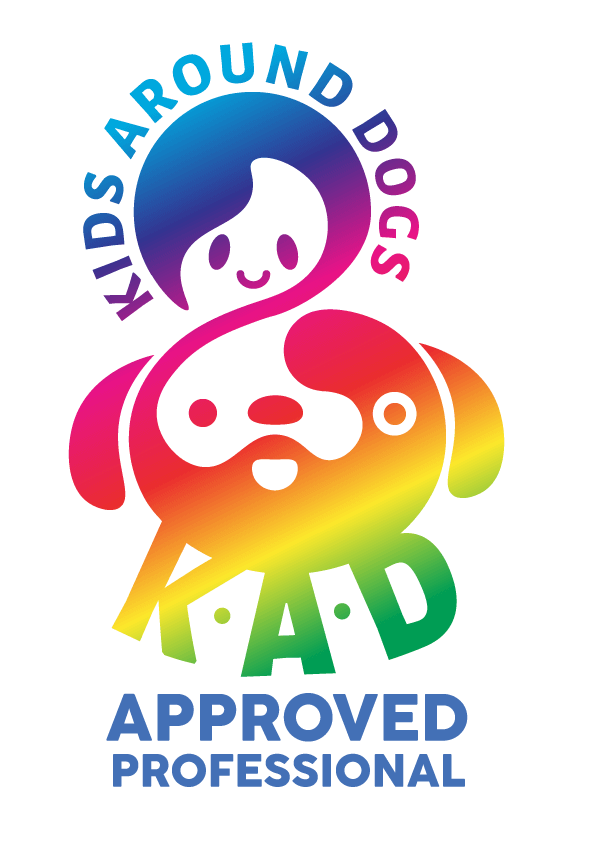When Fenton, the black Labrador, chased deer in Richmond Park hotly pursued by his frantic owner a few years ago, he become an instant social media star. His owner repeatedly called after Fenton but the dog kept running; this video (see below) illustrates canine predatory chase, one of dogs’ natural behaviours but one that can lead to problems…
According to figures published by rural insurer NFU Mutual, the number of dog attacks on livestock this year rose by nearly 50% from 2016, costing the farming industry £1.4 million. The majority of these attacks are a result of canine predatory chase behaviour, which in 2015 was linked to the death of over 15,000 sheep. Whilst throwing a ball for a game of chase can be an enjoyable experience for many owners, for others a walk turns into a nightmare when their dog chases joggers, deer, cyclists, cars, farm animals or the family cat!
An animal’s molecular activity and sign stimuli play a role in predatory behaviour. For example, higher levels of testosterone in male cats and folliculin in females’ increases readiness to hunt (Tabor, 2003), whilst the presence of prey prompts the action (Hine et al., 1983). The predatory sequence in dogs is a series of motor patterns whereby one pattern triggers the next, resulting in;
ORIENT > EYE > STALK > CHASE > GRAB-BITE > KILL-BITE > DISSECT > CONSUME.
However, artificial selection of dogs has restricted gene flow leading to breed traits, some which may occur without encouragement or training (Spady and Ostrander, 2008). Cluster analysis by Hart and Hart (1985) confirmed Scott and Fuller’s (1965) research characterising some breeds as high aggression, reactivity and trainability. This means that domestication and artificial selection has allowed for motor patterns to be deleted, rearranged, adapted or disconnected from its ancestral pattern (Coppinger and Coppinger, 2004). For example, in working Border Collies the motor patterns exhibited are;
ORIENT > EYE > STALK > CHASE
In most dogs, owners will see the latter part of the original predatory sequence (GRAB-BITE > KILL-BITE > DISSECT) through play, such as chasing after a tennis ball, catching it, then ripping off the material of ball – mimicking the ripping of the sinuous tissue of the prey. As a result of human intervention, this explains why a trained livestock guarding dog may exhibit territorial displays, including barking, growling and lunging, at the sight of an unfamiliar individual but is unlikely to chase livestock (Déaux et al., 2015).
Find out more and get practical solutions…
David Ryan, a certified clinical canine behaviourist is joining forces with Hanne Grice to share insights about canine chase at a forthcoming seminar in Tring entitled ‘How to Change Predatory Chase in Dogs’. David says: “When dogs choose what to chase it can compromise owners financially, cause the target severe injury or even death, and threaten the life of the dog. No sensible person wants their dog to do this.”
The seminar is supported by Tring Neighbourhood Watch (NHW) as part of an on-going series of events with Hanne Grice Dog Training & Behaviour that promotes responsible dog ownership in the community. The seminar will provide owners with practical solutions in tackling this problem behaviour, teaching owners how to redirect their pet’s natural instincts.
References
Coppinger R., and Coppinger L. (2001) Dogs: A Startling New Understanding of Canine Origin, Behavior & Evolution. New York: Scribner
Déaux, É.C., Clarke, J.A., Charrier, I. (2015) ‘Aggressive bimodal communication in domestic dogs, Canis familiaris.’ PLoS One 10 e0142975.
Hart, B.L. and Hart, L.A. (1985) ‘Selecting pet dogs on the basis of cluster analysis of breed behavior profiles and gender.’ Journal of the American Veterinary Medical Association 186(11) pp. 1181–1185
Hine, F., Carson, R., Maddox, G., Thompson, R.J. and Williams, R.B. (1983) Introduction to Behavioral Science in Medicine. New York: Springer-Verlag
Scott, J.P. and Fuller, J.L. (1965) Genetics and the Social Behavior of the Dog. Chicago: University of Chicago Press
Spady, T.C. and Ostrander, E.A. (2008) ‘Canine behavioral genetics: Pointing out the Phenotypes and herding up the genes’ The American Journal of Human Genetics 82(1) pp. 10–18. doi: 10.1016/j.ajhg.2007.12.001
Tabor, R. (2003) Understanding Cat Behavior. 3rd ed. Cincinnati: F + W Publications
Learn more about our classes

Get Hanne's Book
Playing With Your Dog will help any dog owner work out the games that are best suited for their pet to play throughout his life, from puppyhood to old age. The book also shares some tricks for all ages, group activities, and recommended toys that dogs will enjoy.

























